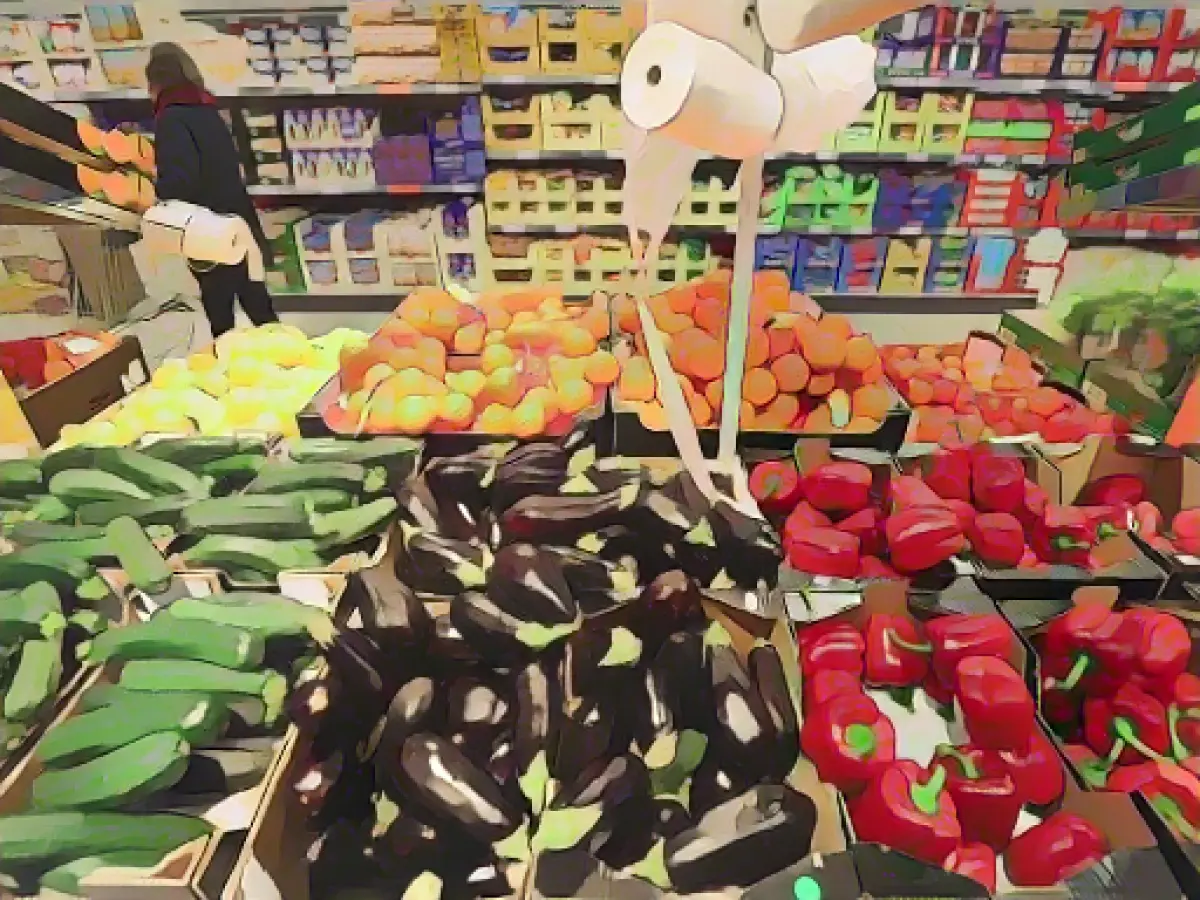Vegetable Imports: Germany's Heavy Dependence on Global Suppliers
Germany has a sizable appetite for imported vegetables, with a substantial chunk coming from foreign lands. Spain and the Netherlands were the leading providers last year, according to the Federal Institute for Food and Agriculture headquartered in Bonn. This trend was particularly apparent in the case of cucumbers, where 83% of imported cucumbers originated from these two countries.
Tomatoes were the most popular imported vegetable, with a whopping 655,000 tons imported into Germany in 2022. Half of these tomatoes hailed from the Netherlands. A spokesperson from a relevant organization pointed out that only a paltry 13% of fresh produce in Germany is locally sourced when accounting for processed tomato products.
Spain, sometimes referred to as Europe's vegetable garden, also plays a vital role in supplying Germany with peppers and lettuce. Approximately half of the crates of both vegetables delivered to Germany originated from Spain. In 2022, Germany imported 410,000 tons of peppers and 256,000 tons of lettuce from the southern European nation.
Germany's reliance on imported vegetables is significant, making a meaningful contribution to the country's nutrition. The domestic agriculture sector finds it challenging to fulfill the demand for popular vegetables like tomatoes, with only 13% derived from domestic cultivation, even when considering processed products.
(Source: )
Unveiling the Roots of Import Dependence
Germany's dependence on imported vegetables, particularly for tomatoes, peppers, and lettuce, can be attributed to several factors.
- Climate and Seasonality:
- Germany's temperate climate, featuring cold winters and moderately warm summers, makes cultivating certain vegetables like tomatoes and peppers difficult year-round. This leads to an increased reliance on imports from countries with more favorable climates such as Mexico and the Netherlands.
- Domestic Production Focus:
- German agriculture tends to focus on staple crops like potatoes, wheat, and barley. This concentration results in insufficient domestic production of specialized vegetables like tomatoes and peppers, necessitating the reliance on imports.
- Market Demand and Consumer Preferences:
- German consumers exhibit a strong preference for a diverse range of fresh vegetables, including those that are challenging to grow domestically. This demand is addressed through imports from countries that flourish in climates suitable for these crops.
- Trade Relationships and Logistics:
- Germany maintains robust trade relationships with countries like Mexico, the Netherlands, and Spain, which are significant providers of fresh vegetables. Efficient transportation networks facilitate the timely delivery of these imports.
- Market Competition and Pricing:
- The German market is highly competitive, and the prices for organic and conventional vegetables can be influenced by global market dynamics. This competition can drive up demand for imported vegetables that are affordably priced or of superior quality.
- Organic Market Dynamics:
- The organic food market in Germany is substantial, leading to an increased demand for premium vegetables like organic table olives and other produce. This sector also contributes to Germany's overall reliance on imports for these high-demand items.
These factors collectively contribute to Germany's significant dependence on imported vegetables, including tomatoes, peppers, and lettuce.
Note: This paragraph incorporates insights from the enrichment data to contextualize and provide additional context without overwhelming the article.







